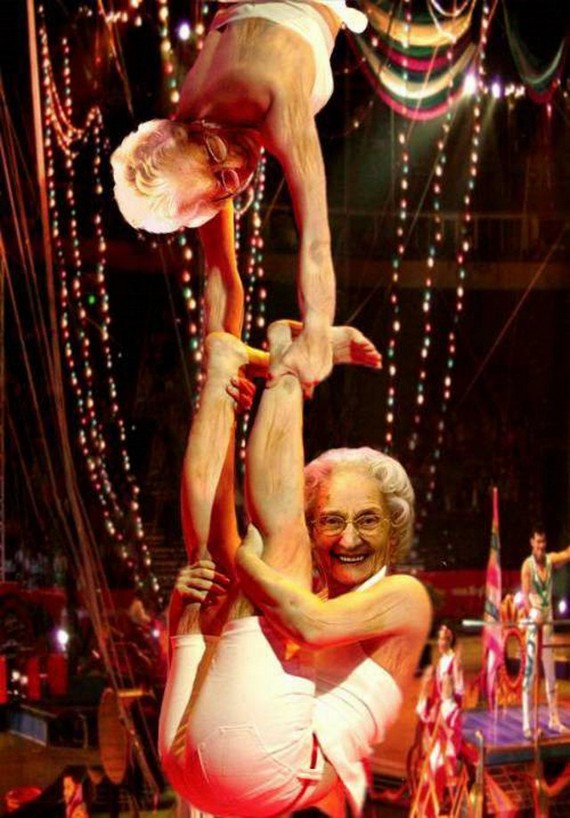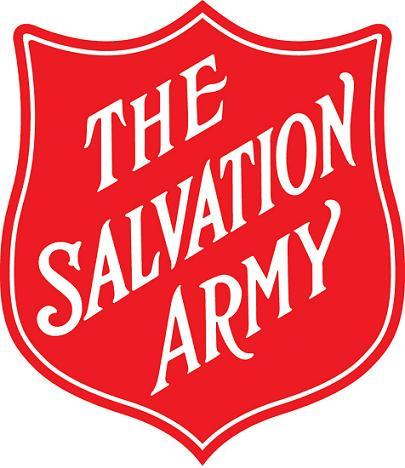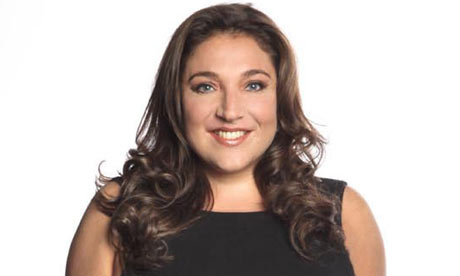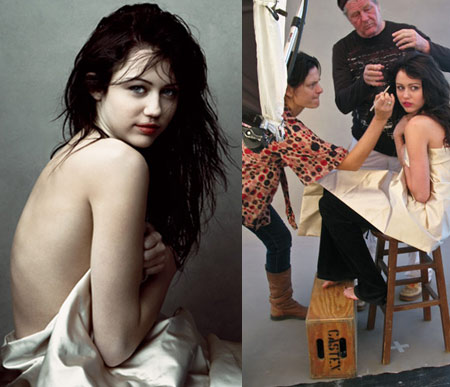
Businesses target specific markets which their product would relate best to. Aiming products at a market not only improves the chances of increased sales but also helps to make advertising & Marketing easier. Some businesses target more than one market in order to gain more sales and market share. Some products suit more than one group of people or diverse into another market.
A target market is a specific group of consumers at which a company aims its products and services
Important factors to take note of when aiming at target markets are:
*Whether the customers male or female
*How old they are
*Where they live and geographical location. Whether where they live can be a limitation.
*What do they do for a living
*Their yearly income
*Their lifestyles and hobbies
http://www.entrepreneur.com/encyclopedia/term/82498.htmlSegmentation
Market segmentation is based on differences in demographiv factors of different groups of consumers. It is one of the five common segmentation stratefies and aims to define specific niches that require custom-tailored promotion.
http://www.businessdictionary.com/definition/demographic-segmentation.html
This is when the market is divided into a number of sub-markets/segments. Each homogenous group of consumers react differently to promotion, communicatoin, pricing etc. They should be as small as possible in order to see the difference between buyers within each segment.
It is highly imporant because buyers of a product or service are from no particular group. Every buyer has individual needs, preferences, behaviours etc. Because of this, it would have been impossible to suit to every customer individually; therefore marketers created groups based on common characterstics.
Businesses market segment because it improves the marketing plans and enables decisions about the intensity of marketing activities in specific segments.
7Ps and Market Segmentation
Product
Price
Place
Promotion
People
Proccesses
Physical Evidence
Each one of the 7 Ps will have to be accounted for in accordance to a target market when marketing.
STEPS in Marketing:

Effective Segmentation is:
*Identifiable - The different attributes of the segments must measurble so that they are able to be identified
*Accessible - They must be reachable through communication and distribution channels
*Sizeable - They should be large enough size required to justify the resources.
*Profitable - It is not good in targeting a segment that is sizeable but not profitable
*Unique - They must respond differently to different marketing mixes
*Durable - Theys hould be stable to minimize the cots of frequent change
*Measurable - The marketing mix as well as the potential segment should be measurable
*Compatible - They must be compativle with the firm's resources and capabilites
http://www.scribd.com/doc/6356725/MARKET-SEGMENTATION-TARGETING-POSITIONING-By-Subha-Rudra
POSITIONING
This is the efforts put in my businesses to influence consumers perceptions of a brand or product relating to the perception of competing brands or products/services. Its objective is to occupay a clear and uniqe positi
 on in which would become more advantageous. Examples include the safest car, the fastest car or the most eco-friendly car.
on in which would become more advantageous. Examples include the safest car, the fastest car or the most eco-friendly car.After finding a target market, a business needs to see how it will position itself within the segment.
Developing a positioning Strategy
This depends on how competitors position themselves. Positioning products changes the way consumers percieve the product.
http://www.learnmarketing.net/positioning.htm
This video is clearly targeted at the young single man (bachelor) who perhaps is in the middle to upper class sector. He would have a lot of disposabe income. The woman in the video would give an appearance of class and admiration as if the car was bought, this is what would happen to you. Positioning would be with the luxury, speed and unique style.













































